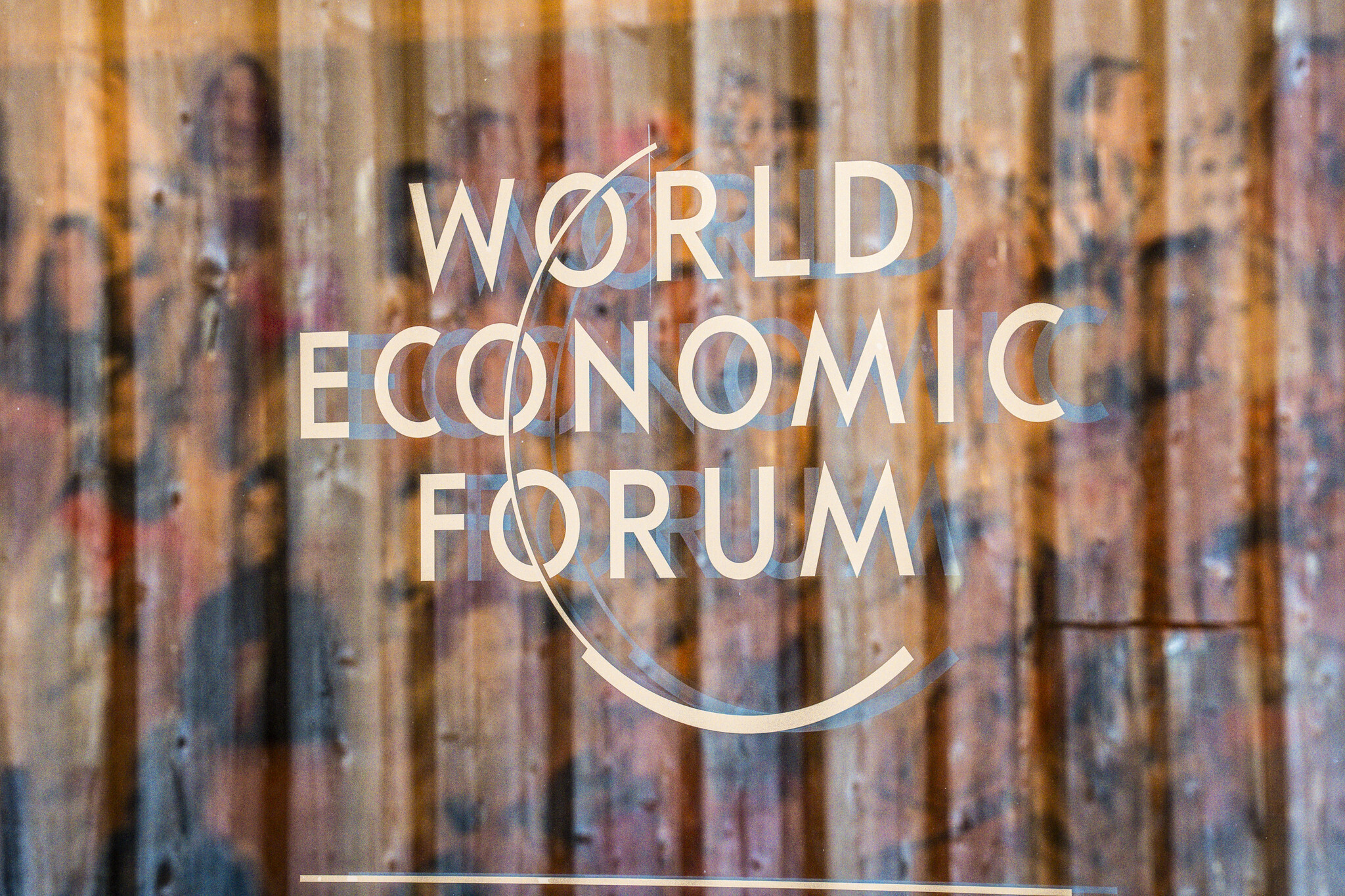30 digital solutions to power decarbonization for industries at scale

Select digital solutions can drive the decarbonization progress in three key outcome areas. Image: Unsplash
Kathleen O'Reilly
Senior Managing Director; Accenture Executive Sponsor, World Economic Forum Program; Global Lead, Deal Structuring and Pricing, AccentureListen to the article
- The case for digital is clear: select digital solutions can reduce global emissions by up to 20% in hard-to-abate sectors.
- Emissions in hard-to-abate sectors are largely driven by poor efficiency, waste and byproduct, and indirect emissions across value chains.
- The 30+ digital solutions outlined in the Digital Solutions Explorer enable companies to progress outcomes in three key areas.
More than 34% of the world’s largest companies have net-zero commitments, but most will fall short unless they double the pace of emissions reduction by 2030. While countries and companies prepare for the great energy transition and other technological innovations to come fully to market (e.g., electric vehicles, sustainable aviation fuels, green and blue hydrogen), the World Economic Forum, in collaboration with Accenture, are showing how integrating digital solutions across hard-to-abate sectors – Energy, Materials, Mobility, and Buildings – can reduce global emissions by up to 20%. Emissions in these sectors are largely driven by poor efficiency, waste and byproduct, and indirect emissions across value chains.

The 30+ digital solutions outlined in Digital Solutions Explorer enable companies to progress outcomes in efficiency, circularity and Scope 3 emissions reduction.

Increase efficiency
Across hard-to-abate sectors, digital can enhance efficiency in a number of ways including:
- Identifying and prioritizing updates of energy and resource inefficient assets and processes. A few good examples include optimizing natural gas processes, such as Shell’s “Real Time Process Optimizer,” using technology to mitigate methane leaks similar to Microsoft’s use of satellite and cloud technology, and enabling efficient microgrids such as how Nokia and Siemens developed its corporate campus in Vienna.
- Enabling automation-supported operations for improved decision-making and prescriptive maintenance.
- Accelerating the transition to renewables. For example, artificial intelligence can enable solar arrays to move with the sun throughout the day, enhancing productivity and energy output when compared to static configurations. Similarly, Arup is using technology for optimal asset positioning wind power.
- Sensing and monitoring technologies such as Internet of Things (IoT) can enable predictive maintenance, enhancing peak output through decreased asset down time and improved asset lifecycles.
As another key example, Building Energy Management Systems (BEMS) can provide real-time information on how a building is consuming energy, allowing building managers to understand asset performance, seasonal variance, and patterns of demand. This information empowers decision-making around replacing or retrofitting key assets, reporting emissions, and optimizing energy and resource usage.
Increasing efficiency relies on sensing technology (e.g., IoT) and decision-making technology (e.g., Digital Twin) to gather data on status quo operations and identify inefficiencies in the system or areas where energy output can be optimized.
Enhance circularity
The circular economy is a key pillar in the transition to net-zero, whereby the amount of waste and raw materials resulting from new product generation can be greatly reduced though more circular supply chains. Digital can support circularity in numerous ways including:
- Facilitating better waste management and recycling.
- Establishing consumer feedback loops that support circularity.
- Redesigning products to prioritize circular materials.
- Providing a platform for cross-industry collaboration to enhance trust and communication needed for value chain circularity.
For example, traceability technology follows the trail of materials along the supply chain by monitoring and tracking the chain of custody. A combination of markers such as barcodes, embedded identifiers and sensor technologies, when linked to blockchain, can enable tracking of materials from production plants through end-of-life to improve recycling outcomes. In addition, this information enables transparency and allows for third party certifications that consumers and commercial buyers rely on.
Circularity initiatives benefit from digital solutions such as connected data management systems (protected by blockchain) across the supply chain (exemplified by Siemen’s SiGreen, a low-energy blockchain technology to track and share asset emissions data), material markers (e.g., barcodes, embedded identifiers, sensors) to collect and share data, and product/material passports. To fully enable circularity via data sharing and transparency, multiple functions within an organization (e.g., IT, procurement, sustainability, and research & development teams) will need to increase their digital fluency. Additionally, robust cross-value chain networks of stakeholders need to collaborate to define data requirements and quality thresholds for circular raw materials.
Reduce Scope 3
Scope 3 emissions, often accounting for the largest portion of companies’ emissions, can be the most challenging area of a company’s net-zero journey as they cover indirect emissions that occur in a company’s value chain (e.g., emissions that the company itself does not control). Measuring Scope 3 emissions involves tracking emissions across a value chain from suppliers to consumers. Digital solutions can help companies tackle Scope 3 emissions by enabling accurate mapping of value chain emissions (with tools available such as SAP’s Product Footprint Management, which helps determine carbon footprints down to the product level using both direct and indirect emissions sources), optimizing procurement and logistics for both carbon and performance, supporting low-carbon product design (such as Arup’s work integrating timber into building materials) and development, and enhancing transparency and providing collaborative measurement platforms to aid suppliers in their decarbonization journey.
For example, the use of hydrogen in transportation is an emerging market and can lower carbon emissions as well as decarbonize Scope 3 emissions across value chains. However, green hydrogen comes with the additional challenge of tracing/guaranteeing its origin. Ensuring green hydrogen was produced with electricity from renewable energy or with low carbon-emission fuel for which CO2 emissions are captured and stored is essential. A blockchain-based platform can collect data from IoT-monitored energy plants to verify the share of renewable energy injected in the electrolysis and the share of CO2 captured in the case of fossil fuel energy. The platform will record the amount of hydrogen produced in the process and monitor the delivery of the hydrogen. The audit trail on blockchain ensures that all the information shared in the platform is transparent and tamper proof.
How is the World Economic Forum facilitating the transition to clean energy?
As Scope 3 relies on enhanced tracking and transparency, foundational technologies (e.g., big data analytics) and enabling technologies (e.g., blockchain), become crucial to leveraging digital. In addition, it requires clear data management practices, cross-functional team leadership, and robust stakeholder engagement (e.g., electricity providers, upstream and downstream transportation companies, utilities).
Select digital solutions are already today supporting decarbonization across hard-to-abate sectors, as evidenced by the many examples shared above. However, select companies acting alone will not get global carbon emissions to a 1.5-degree scenario. The solutions to drive significant reductions in carbon emissions exist now, but quickly need to scale through collaborative action across value chains. The Forum is facilitating cross-industry Action Pods to scale adoption of high impact digital solutions and address key barriers to scale. Learn more about Action Pods and the Digital and Climate Network here.
Don't miss any update on this topic
Create a free account and access your personalized content collection with our latest publications and analyses.
License and Republishing
World Economic Forum articles may be republished in accordance with the Creative Commons Attribution-NonCommercial-NoDerivatives 4.0 International Public License, and in accordance with our Terms of Use.
The views expressed in this article are those of the author alone and not the World Economic Forum.
Stay up to date:
Tech and Innovation
Related topics:
Forum Stories newsletter
Bringing you weekly curated insights and analysis on the global issues that matter.
More on Forum in FocusSee all
Gayle Markovitz
October 29, 2025







